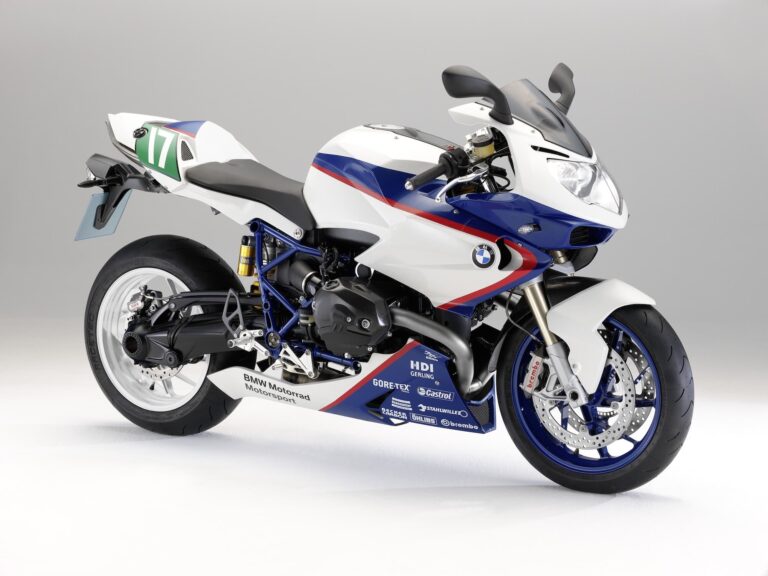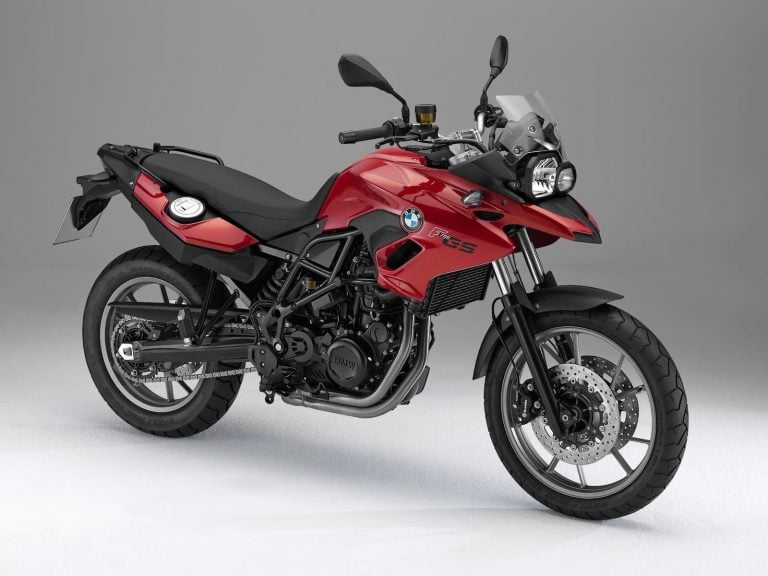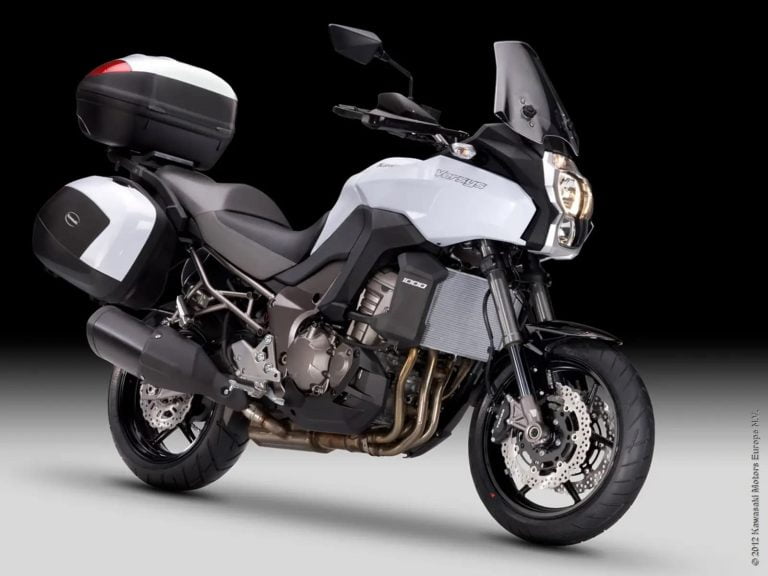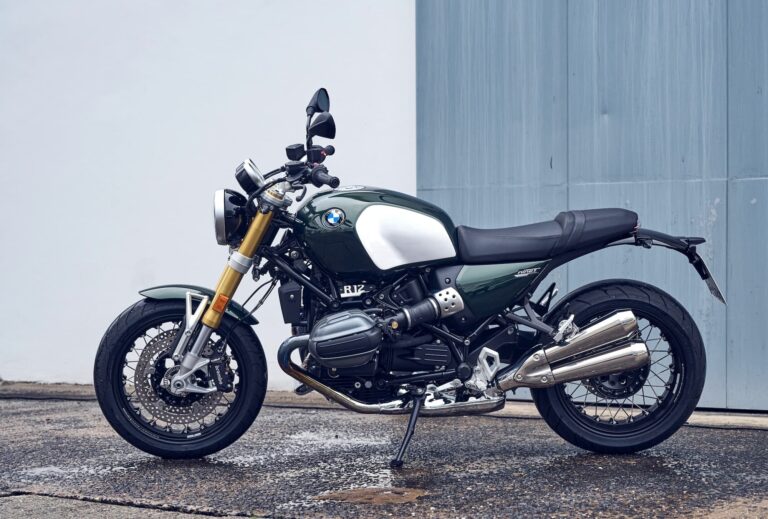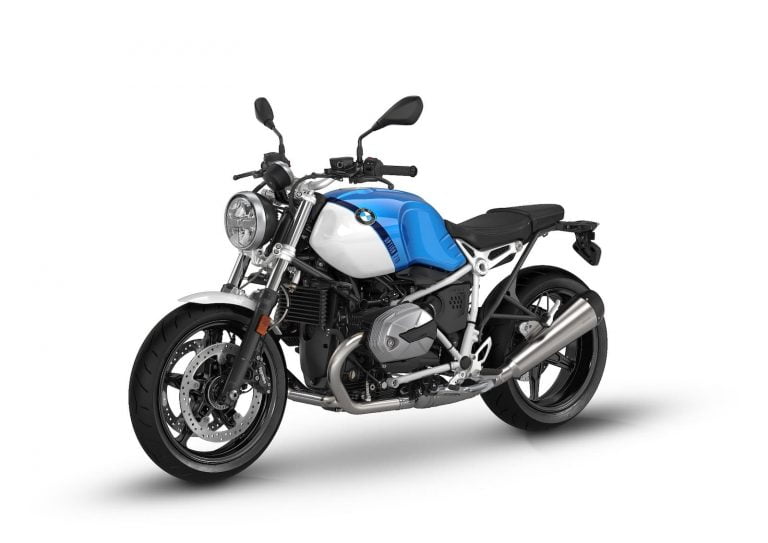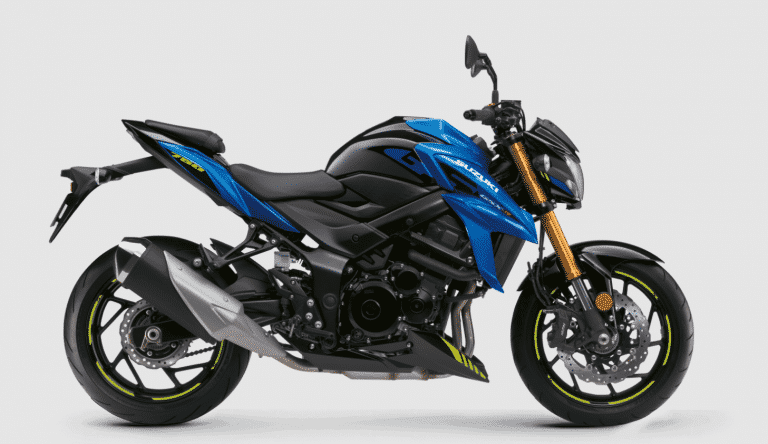Kawasaki Vulcan 800 VN800 (1995-2006) Maintenance Schedule and Service Intervals
This is the maintenance schedule with associated service intervals for the Kawasaki Vulcan 800.
The Kawasaki Vulcan is a cruiser style motorcycle that Kawasaki made between 1995 and 2006. It didnt’ change fundamentally in that time, always being a 805cc water-cooled V-twin, with a single carburettor, five speed transmission, and (a bit unusually for a cruiser) a chain drive.
The first VN800 was a VN800A, and Kawasaki introduced a more “retro” VN800B in 1996 with full fenders and 16 inch front and rear wheels. In 1999 Kawasaki made the VN800C Vulcan 800 Drifter, another styling option.
All the Kawasaki Vulcan 800 models were discontinued in 2006 after the Vulcan 900 was introduced.
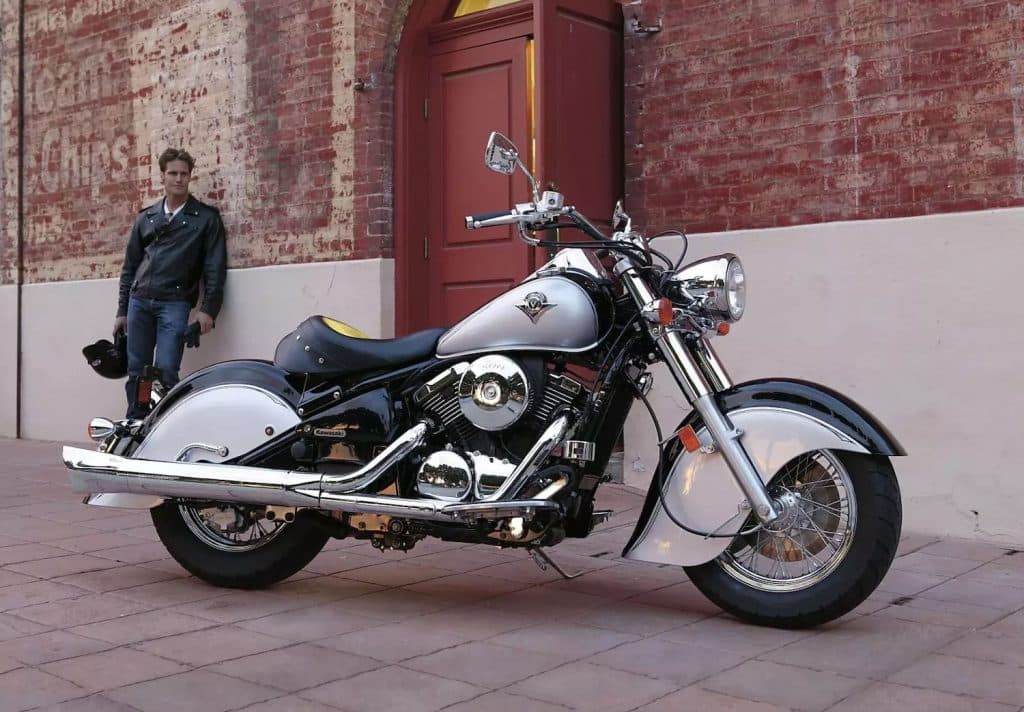
This site has links for things like oil and spark plugs from which we earn a commission (which unfortunately nobody can save, not even us). If you appreciate this work, then please use those links. Thanks!
Maintenance Schedule for Kawasaki Vulcan 800
Below is the maintenance schedule for the Kawasaki Vulcan 800.
The following is the list of maintenance operations and to be done on this motorcycle with a time or distance interval — whichever comes earlier.
The maintenance for the Kawasaki Vulcan 800 is broken into two sections: Emission Related, and Non-Emission Related.
Notes on reading the maintenance chart:
- For higher odometer readings, repeat at the frequency interval established here
- Items marked “Check”: Replace, adjust, or torque if necessary.
- #: Service more frequently when operation in severe conditions: dusty, wet, muddy, high speed, or frequent starting/stopping
| mi x 1000 | 3 | 6 | 9 | 12 | 15 | 18 | |
|---|---|---|---|---|---|---|---|
| km x 1000 | 5 | 10 | 15 | 20 | 25 | 30 | Every |
| Idle speed – adjust | ✓ | ✓ | ✓ | ✓ | ✓ | ✓ | |
| Throttle grip play – check | ✓ | ✓ | ✓ | ||||
| Spark plug – clean and gap ( | ✓ | ✓ | ✓ | ✓ | ✓ | ✓ | |
| Valve clearance – check | ✓ | ✓ | ✓ | ||||
| Air cleaner element – clean / replace (KA-8095) | ✓ | ✓ | ✓ | ||||
| Fuel system – check | ✓ | ✓ | ✓ | ||||
| Evaporative emission control system (if fitted) – check | ✓ | ✓ | ✓ | ✓ | ✓ | ✓ | |
| Brake play – check | ✓ | ✓ | ✓ | ✓ | ✓ | ✓ | |
| Brake light switch – check | ✓ | ✓ | ✓ | ✓ | ✓ | ✓ | |
| Brake lining or pad wear- check | ✓ | ✓ | ✓ | ✓ | ✓ | ✓ | |
| Brake fluid level – check | ✓ | ✓ | ✓ | ✓ | ✓ | ✓ | month |
| Brake fluid – change (Castrol DOT 4) | ✓ | 2 years | |||||
| Clutch – adjust | ✓ | ✓ | ✓ | ✓ | ✓ | ✓ | |
| Steering – check | ✓ | ✓ | ✓ | ✓ | ✓ | ✓ | |
| Drive chain wear – check | ✓ | ✓ | ✓ | ✓ | ✓ | ✓ | |
| Nuts, bolts, and fasteners tightness – check | ✓ | ✓ | ✓ | ||||
| Spoke tightness and rim runout – check | ✓ | ✓ | ✓ | ✓ | ✓ | ✓ | |
| Tire wear – check | ✓ | ✓ | ✓ | ✓ | ✓ | ✓ | |
| Engine oil – change (Kawasaki 10W-40) | ✓ | ✓ | ✓ | ✓ | ✓ | ✓ | year |
| Oil filter – replace (HF204RC) | ✓ | ✓ | ✓ | ||||
| General Lubrication – perform (Lithium soap-based grease) | ✓ | ✓ | ✓ | ✓ | ✓ | ✓ | |
| Front fork oil – change | ✓ | ||||||
| Swingarm pivot, uni-trak linkage – lubricate | ✓ | ✓ | ✓ | ||||
| Brake camshaft – lubricate | ✓ | 2 years | |||||
| Coolant-change | ✓ | 2 years | |||||
| Radiator hoses, connections – check | ✓ | ✓ | ✓ | year | |||
| Steering stem bearing – lubricate | ✓ | year | |||||
| Master cylinder cup and dust seal – replace | 2 years | ||||||
| Caliper piston seal and dust seal – replace | 2 years | ||||||
| Brake cable – replace | 2 years | ||||||
| Brake hose – replace | 4 years | ||||||
| Brake hose connections – check | ✓ | ✓ | ✓ | ✓ | ✓ | ✓ | |
| Fuel hose connections – check | ✓ | ✓ | ✓ | ✓ | ✓ | ✓ | |
| Fuel hose – replace | 4 years |
Maintaining Your Chain on the Kawasaki Vulcan 800 / VN800
Unlike many cruisers, the VN800 is chain-driven, so you need to maintain it.
Use a good-quality chain lubricant like Motul chain paste, or a Motul chain care kit which comes with a couple of handy tools to maintain the chain.
Kawasaki recommends you follow the following chain maintenance schedule:
| Chain maintenance item | Every |
|---|---|
| Check drive chain lubrication condition, lubricating if necessary (Motul chain paste) | 200 mi / 300 km |
| Check drive chain slack, adjusting if necessary | 500 mi / 800 km |
Notes:
- Do these items (checking/adjusting slack, and checking/applying lubrication) more often if you ride your Vulcan in dusty or rainy conditions.
- Always lubricate the chain after washing the motorcycle.
Tyre size and tyre pressure for the Kawasaki Vulcan 800
Stock, the Kawasaki Vulcan 800 wears the following tire sizes, and has the following recommended tire pressures.
| Wheel | Tyre (Tire) size | Tyre (Tire) pressure (cold) |
|---|---|---|
| Front | 80/90-21 48H | 28 psi / 2 bar / 200 kPa |
| Rear | 140/90-16 71H | 32 psi / 2.25 bar / 225 kPa |
General information about the Kawasaki Vulcan 800

The Kawasaki Vulcan 800 is an entry-level cruiser. These days, most people know of the Kawasaki Vulcan 900, which took over the mantle in 2006. The Vulcan 800 has a lot in common with it, but has an older-designed engine.
The engine in the Kawasaki Vulcan 800 / VN800 is a liquid-cooled 805cc V-twin engine. It’s a single overhead cam design with four valves per cylinder. With its modest 9.5:1 compression ratio, the Vulcan 800 doesn’t make a ton of power — it has been dynod around 40 kW or 50 hp at 7000 rpm — but top-end power isn’t just what cruisers are about!
The Vulcan 800 may be an “entry-level” cruiser, but it has ample torque to pull it up to highway speeds of 80-90 mph without any fuss. You will have to shift a couple of times before you get there, of course, but you’ll never feel like it’s lacking in torque.
The VN800 makes peak torque at 3300 rpm and it does make a generous 47 lb-ft / 64 Nm. That’s basically run of the mill for middleweight engines — quite a lot like an air/oil-cooled Triumph Bonneville, for example. You’ll never feel like it’s “slow” until you’re up next to a supersport bike… or unless you go for a sixth gear.
Final drive is via a five-speed transmission , unusually, a chain drive. And while the front brake is a 300mm disc, the rear brake is a drum! Old school.
To keep the accelerator response snappy, the single carburettor has a pump to keep it fuelled up.
The engine has quite a respectable roar with the throttle wide open. But it has a few drawbacks.
Firstly, Kawasaki opted for some reason to replace the Vulcan 750’s hydraulic valve adjusters with shims for the Vulcan 800. This takes no maintenance to maintenance! You have to inspect the valves ever 6000 miles (10000 km), which is as much as you’d expect from any motorcycle.
The second drawback is that cruising speed of the VN800 seems to be around 80 mph. If you plan on doing much more than that, you’ll probably miss having a sixth gear to go to. But windblast is likely to get to you before then.
Finally, the chain final drive means more maintenance than you might expect on a cruiser. Other middleweights have either a belt or a shaft, so a chain might seem a little odd. Keep it clean and lubed.
Manual for the Kawasaki Vulcan 800
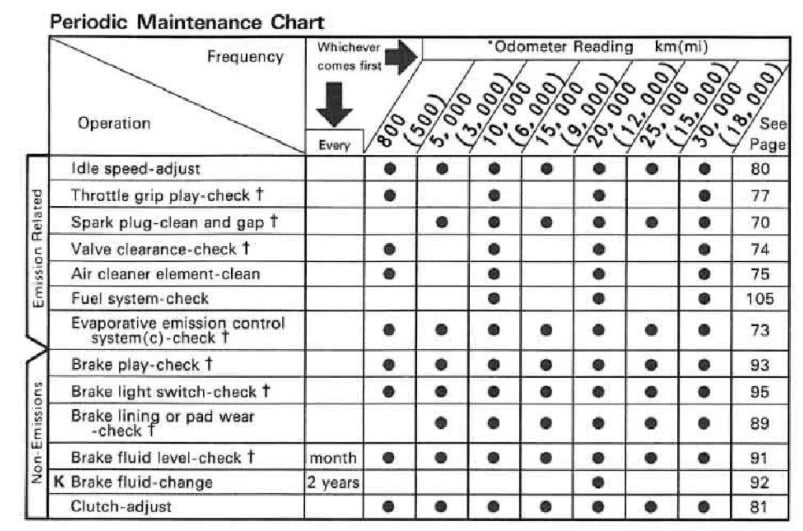
The above maintenance schedule comes directly from the user’s manual for the 2003-2005 Kawasaki Vulcan 800, which is available here.
